I consider myself a big fan of the Art Nouveau period in many forms, but I’m a graphic designer first and my heart belongs to Art Nouveau posters. I built a trip to Prague pretty much completely around going to see Mucha’s Slav Epic. I have a whole upper arm taken up by a tattoo version of this Privat-Livemont poster. And yet, when I saw the Poster House Museum in New York City had an exhibition opening of Ethel Reed’s Art Nouveau posters, the name was completely unknown to me.
Poster House’s exhibit opens tomorrow, and I can’t wait to attend in person. Here is their description, from curator Angelina Lippert (who’s instagram is a joy and if you care about posters you should follow it immediately):
Ethel Reed shot to fame in 1895 as a fresh talent in the poster world, became the darling of the international press in a matter of months, and then disappeared from public life by 1898.
Until recently, scholars only knew her as the best of a very small number of women poster designers at the turn of the century, creating light-hearted, decorative advertisements for literary publications primarily based in Boston. While contemporary critics have often dismissed her work as cheerful fluff and her talent as less notable than that of her male counterparts, both news articles of the time and her personal correspondence reveal a heavily autobiographical, oftentimes dark and defiant, thread running through her illustrations.
Her life and work represent the struggles of being a female artist in the male-dominated art world of the late 19th century, while also touching on issues of class, addiction, mental health, conservative societal expectations, and sexuality.
Here’s a little more background on Ethel Reed, from an article by the New England Historical Society:
Ethel Reed was born March 13, 1874 in Newburyport, Mass., the daughter of Edward Eugene Reed. Her father died when she was young, and she and her mother struggled. In 1890, mother and daughter moved to Boston, where Ethel studied briefly at the Cowles Art School and apprenticed as a painter of miniatures. She mostly taught herself, however.
At 18 she gained a reputation as an illustrator in the Art Nouveau style. In a two-year burst of creativity she gained international fame for her posters, as well as for her illustrations and endpapers. She first caught the public’s eye in 1895, when she designed a series of posters for the Boston Sunday Herald. Gossip columnists found her fascinating, and she emerged as a media celebrity, something she encouraged. She became the most famous woman artist in America.
Then she disappeared. Little was known about her until William Peterson researched her for his book, The Beautiful Poster Lady: A Life of Ethel Reed, published in 2013. He learned she took a series of lovers, bore two children and married an English army officer named Arthur Warwick. The marriage fell apart, and in her last years she lived in poverty, addicted to drugs and alcohol. She died in 1912.
Clearly I have already ordered the book, and will report back on the exhibition. I’m posting about this now, before I’ve even seen the exhibition, because there’s number of (some free, some $) virtual events coming up in conjunction with the exhibit at Poster House that I’ll be attending for sure, and I thought you all might like to know about before they happen:
Last but not least, here’s a short lecture about her, presented by the Library of Congress Rare Book Division:
https://www.loc.gov/item/webcast-6170


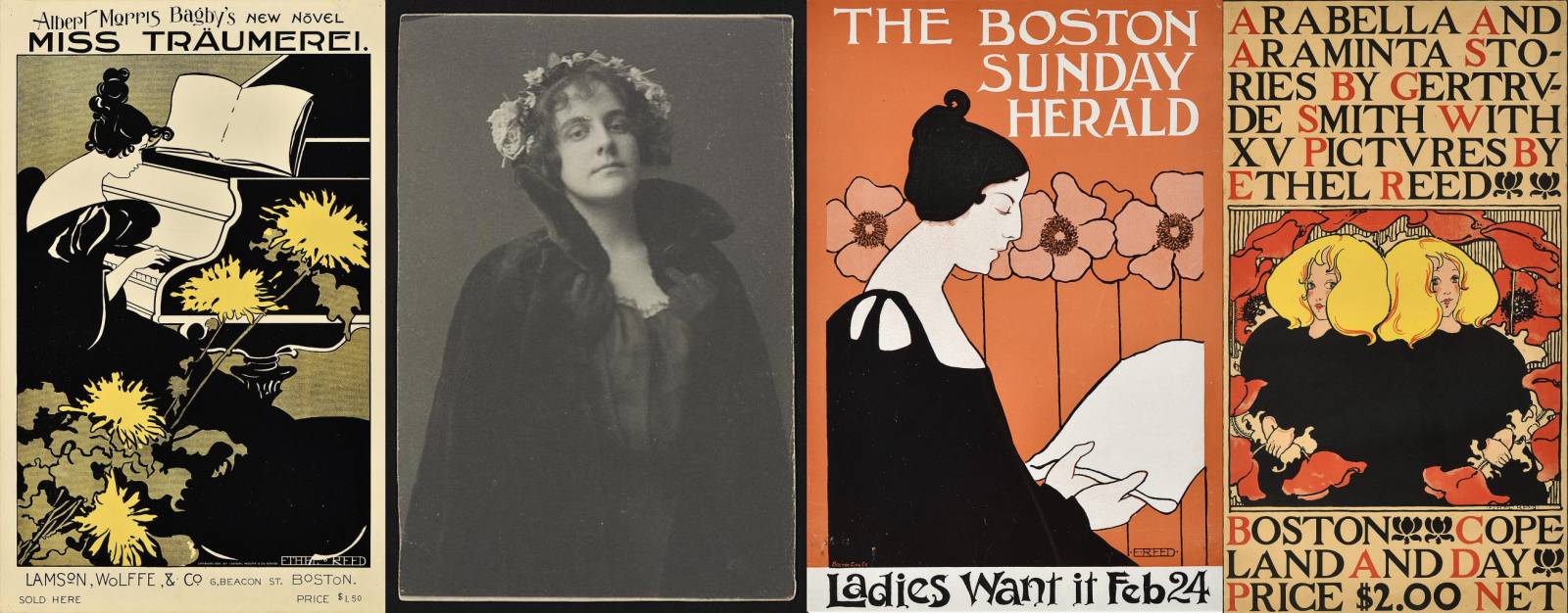

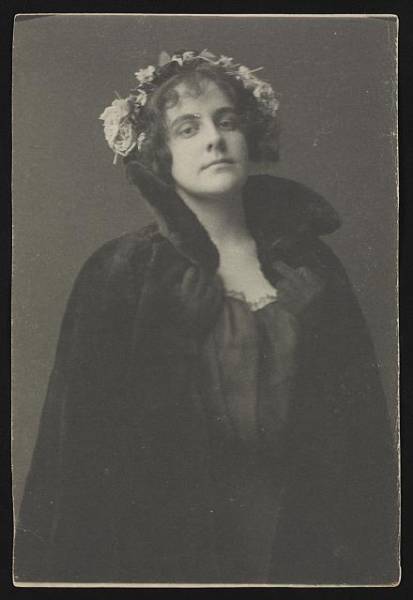
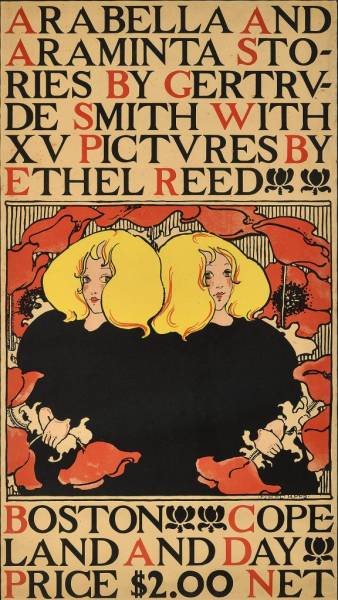
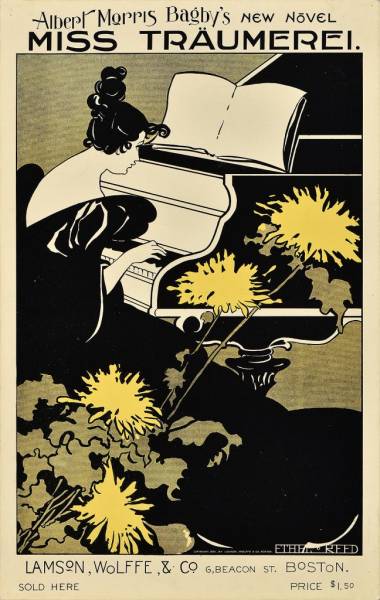
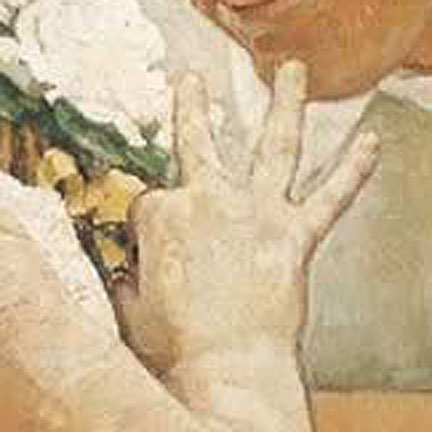
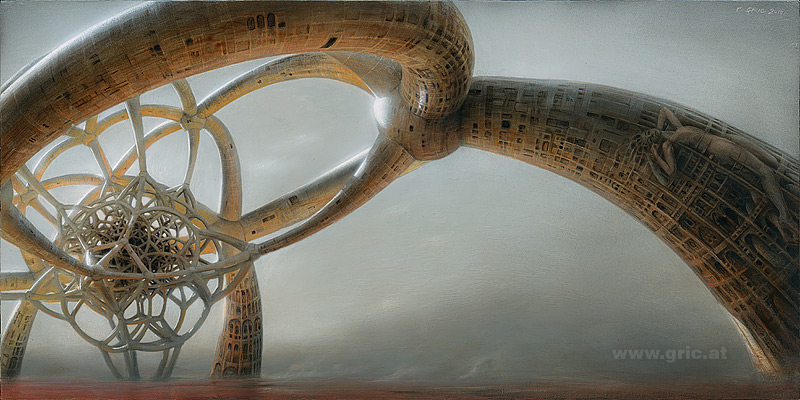
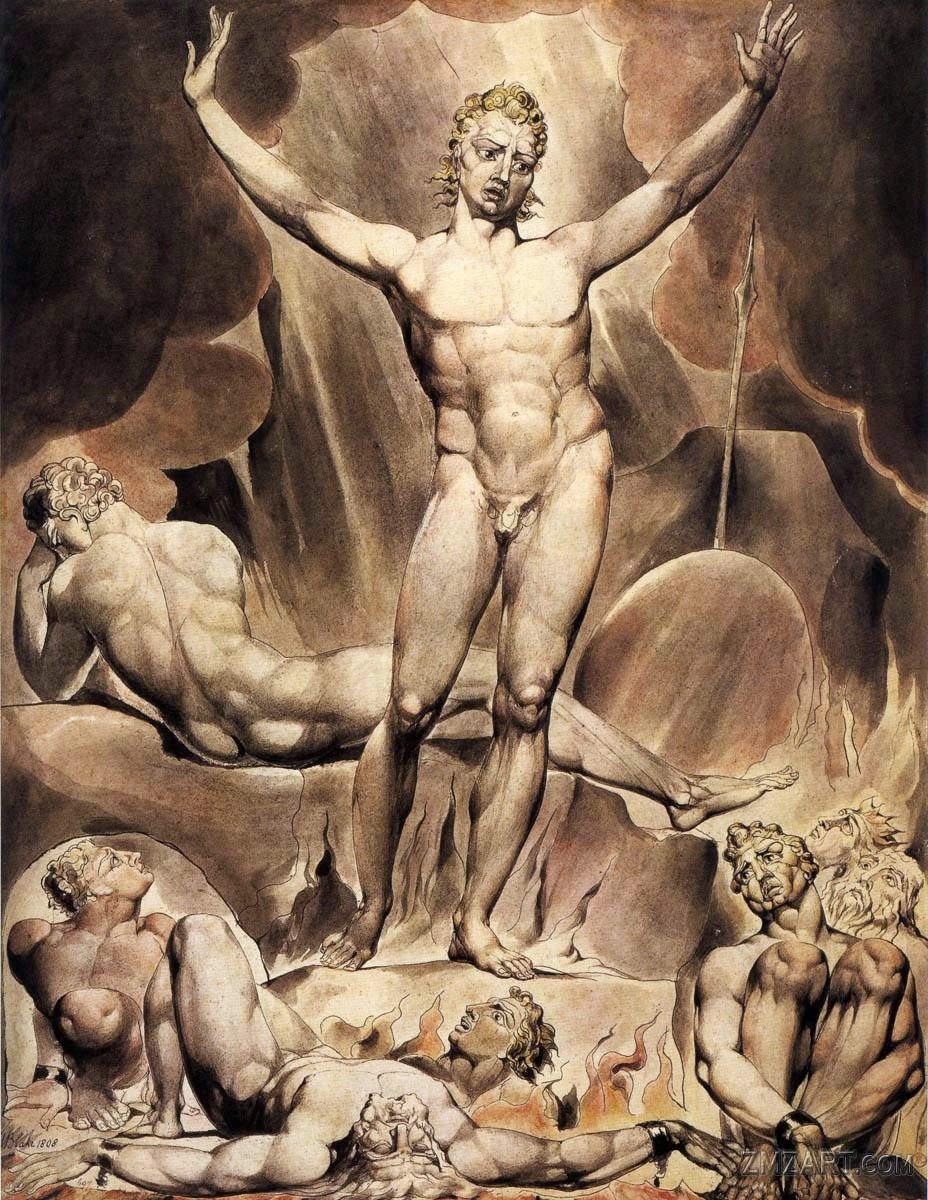
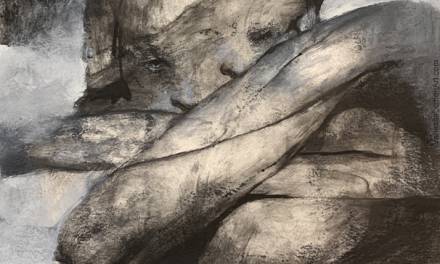

Having also built a trip to Prague to )mostly) see Mucha’s mural in the Lord Mayor’s Hall and the Slav Epic, she’s also unknown to me…. Going to have to change that! Since I’m not getting to NYC anytime soon, I ‘ll definitely be looking into the virtual events as well as that biography. Thanks, Lauren!
Every writer at writer 24 is ready to help you with your academic assignments at any moment. Regardless of deadlines, complexity, size and many others, they will be able to do everything in the best way to make you satisfied. You won’t regret placing your order here, as it will allow you to be guaranteed to get a high grade in the shortest possible time and without having to put in even a little effort.